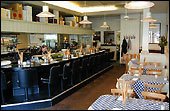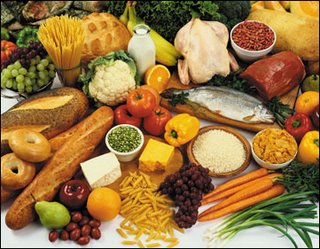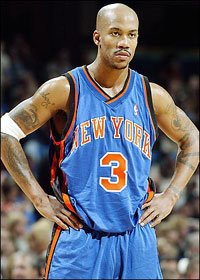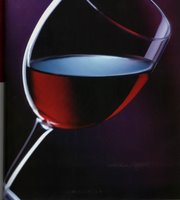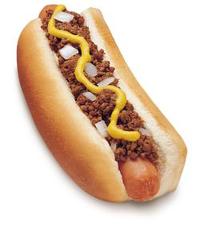As for the taco shop, luckily they're still going strong and the tacos haven't missed a beat. If you haven't been, try either the Pescado or Carnitas tacos Nick's way. The burritos are okay too, but comparatively they're the ugly stepchild. The interesting thing about the place is certainly the set-up and ambiance, as the taco shop rents its space during the day from nightclub Rouge. Rouge is a vile, disgusting place in the daylight, but it somehow manages to be charming as the taco shop. You'll likely hold your nose the first time in, but it grows on you. Good move keeping the name, though, as after almost four years of good tacos it has some equity.
With Nicky's Pizzeria Rustica, I've only been a few times but I've been impressed. Fasanella took over what was "That's Amore", cleaned the place up significantly, and started serving square-slice, foccacia-style pizza by the slice. What makes it good is the fresh, quality ingredients (homemade mozzarella and sausage, for instance). If there's one thing Fasanella has shown with both places on Polk Street, it's the ability to identify a clear market need and then fill it. For a neighborhood with a ton of options, a taqueria and quality pizza-by-the-slice were both glaring needs.
What this brings up is the need for the ubiquitous "Best Taco" and "Best Pizza" column in this space. I'll do both, with caveats. Tacos, regardless of styles, can be matched up against each other for the most part. Pizza, on the other hand, can really only be compared against its like style. Deep dish, NY-style, thin-crust-artisan, and foccacia-style like Fasanella makes all are individual types.

